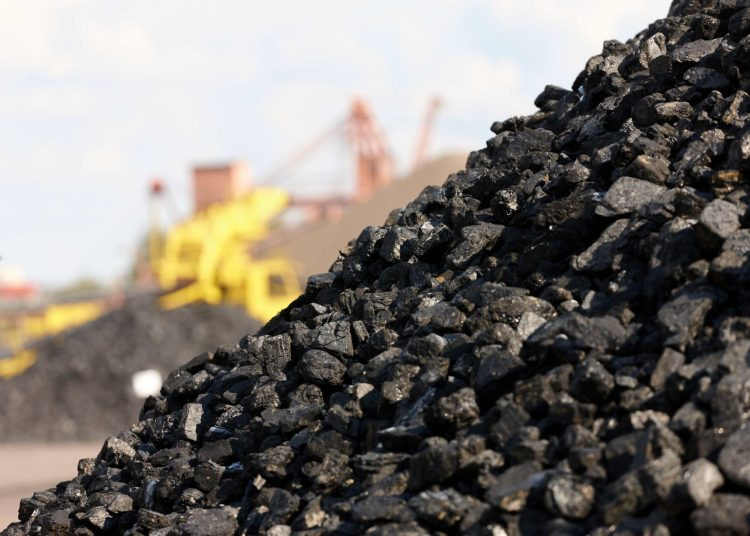In 2024, rail shipments of coal for export to OTEKO terminal in the port of Taman halved to 11.6 mio t (-14.0 mio t or -54.75% vs. 2023). Despite a formal improvement in Q1 2025 to 4.4 mio t (+3.0 mio t or +211.6% vs. Q1 2024), actual volumes remain significantly below 2022-2023 levels.
Even after a strong reduction in transshipment rates, which, according to the terminal’s Commercial Director, were cut two-fold for some coal suppliers to 10.12 USD/t, the backlog of rail shipments, compared to Q1 2023 and Q1 2022 (7.1 mio t and 6.5 mio t, respectively) is still critical.
The main reason for the throughput drop in 2024 was the refusal of Russian coal suppliers to export coal through the terminal on the back of inflated transshipment rates, that reached 42 USD/t. For several months, coal shipments to the terminal were virtually halted. Supplies began to recover after the intervention of the Federal Antimonopoly Service (FAS), which required the port operator to cut rates.
Nevertheless, even after the transshipment rates were lowered, the recovery of cargo traffic proved to be limited. According to official statements by Russian Railways (RZD), in 2024, the company failed to ship almost 19 mio t of coal to terminals in the Azov-Black Sea basin, explaining this by the imbalance between requests and infrastructure capacity.
Representatives of OTEKO terminal confirmed in March 2025 that logistical limitations of RZD remain the key factor of underutilized port capacities. In Q1 2025, the terminal received confirmation for only 65-70% of the applied volumes. Problems with transportation through the RZD network, as well as the growth of railway tariffs remain a systemic factor, curbing Russian coal exports.
The situation is aggravated by the general crisis in the coal industry. With sanctions and falling global prices, Russian coal exports turned loss-making in most directions due to high transportation and logistics costs. The rail freight tariff for coal shipments from Kuzbass, Khakassia and the Novosibirsk region to seaports surged by almost 100% from 2020 to 2024, four times higher than the accumulated inflation over this period. Tariffs were further lifted by 13.8% from December 01, 2024, while a target surcharge of 2% was introduced from January 01, 2025.
Furthermore, the lowering coefficients to coal rail tariffs (for long-distance and steam coal), which were abolished by RZD in 2022 as a temporary measure, have not yet been reinstated. Over 2023-2024, coal companies overpaid more than 2.4 billion USD in tariffs above inflation during the period.
The increase in rail transportation of coal for export to Taman in Q1 2025 is solely caused by the low base effect in 2024, while compared to 2022-2023 the volumes continue to remain in the range of critical under-supply.
Despite official statements about the stabilization of shipments, the reported growth reflects only a partial return of cargo traffic after the crisis year of 2024. Meanwhile, pre-crisis levels, without the removal of infrastructure restrictions and adjustments to tariff policy, remain out of reach in the current environment.
Source: CCA Analysis




